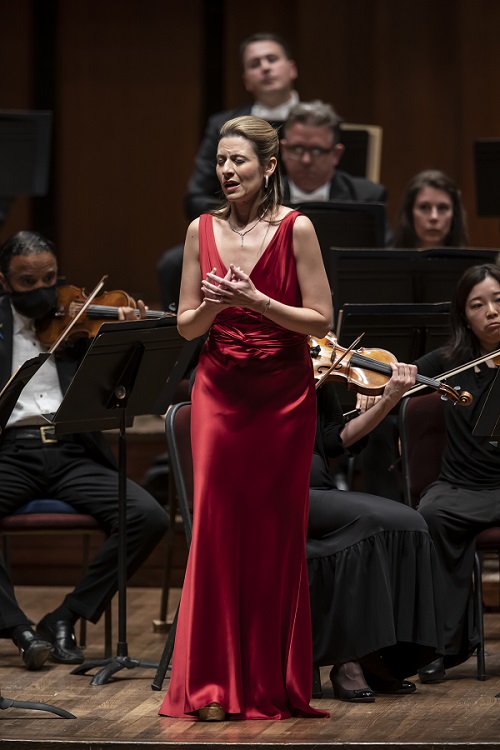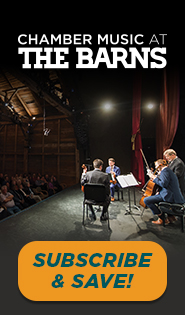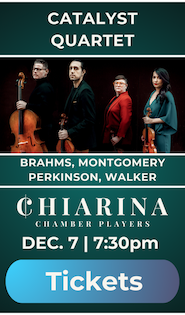Simone Young replaces ailing Eschenbach in subtle program with NSO

Soprano Chen Reiss performed with the National Symphony Orchestra Thursday night. Photo: Scott Suchman
Life in a professional orchestra is already high-pressure: new programs week after week, with few rehearsals, under a rotating assortment of batons. The National Symphony Orchestra faced an additional challenge Wednesday, when their scheduled conductor, former music director Christoph Eschenbach, fell ill. Simone Young, who arrived in Washington Wednesday evening from New York, stepped in for Thursday’s performance in the Kennedy Center Concert Hall, after leading one rehearsal that morning.
After a striking NSO debut in 2021, Young returned to her native Australia to take the reins of the Sydney Symphony Orchestra, beginning last year. Before that, she led the Hamburg State Opera and the Hamburg Philharmonic from 2005 to 2015, where she became the first woman to record the complete cycle of Bruckner’s symphonies. Her experience in both opera and orchestral repertoire helped her take over this program, featuring both, almost seamlessly.
Israeli soprano Chen Reiss made her NSO debut in a first half devoted to music of Mozart. With the ensemble pared down to about thirty players in the string section, Young carefully monitored the balance between Reiss’s slender ribbon of vocal sound and the instrumental ballast behind her. In the first movement of the motet Exsultate, jubilate Reiss displayed flawless runs and trills, brilliant virtuosity capped by an extravagant cadenza flowing up to a bell-like high note.
William Neal played the organ part on a small portative organ, sustaining the chords of the second-movement recitative beyond the short bass notes reinforced by cellist David Hardy at chord changes. Mozart had already eschewed the oboes and horns in the slow third movement, but it was a nice touch to halve the number of string players, further cushioning Reiss’s luscious soft tone. At the end of the “Alleluia” finale, lithe and vivacious, Reiss interpolated a shimmering high C.
Young’s impetuous pacing gave piquant vibrancy to the Overture from Le Nozze di Figaro, albeit with some stickiness in the oboes. The conductor, working in the first half without a stick, did much more than keep the beat with her expressive hands, often helping shape and articulate the music, including the deft crescendo in the final section of the piece.
In two opera arias, Reiss showed great dignity in her stage presence, while at times her demure tone felt a little underpowered. In “Dove sono,” from Le Nozze di Figaro, her Countess sighed with almost fragile delicacy, especially in the very soft repeat of the main melody. Young’s attention to the breathing and pacing of her singer paid dividends, creating space and confidence in the voice. More sparkling runs proved the highlight of “Non mi dir,” from Don Giovanni, with Reiss’s Donna Anna less dramatic in the climactic sections.
Young seemed utterly at ease in the second half, devoted to the Second Symphony of Brahms, wielding a baton as she conducted the score from memory. Eschenbach, whose performances of Brahms over the years often puzzled, was at his best with the composer in this symphony, which he conducted while leading the NSO on tour in 2013. Young’s confident beat brought out the burnished tone of the horns in the first movement’s opening theme, matched by the plangent beauty of violas and cellos in the tender second theme.
As the first movement heated up, Young’s occasional rashness came closer to Eschenbach’s approach, but on the repeat of the exposition she seemed to settle into her comfort zone, and the musicians came along with her. If the first movement was at times too propulsive, the second movement luxuriated in the Adagio tempo, driven by the ardent tone of the cellos. The music soared passionately, but Young continually pulled it back inside itself, in a self-abnegating way that suited Brahms.
The minuet and variations of the third movement danced gracefully, enlivened by countless little hesitations and accelerations guided by Young. The faster sections pulsed frenetically, exceeded by the spirited verve of the Finale, in which some surprise slow-downs caused occasional raggedness of ensemble. This was Brahms that rippled with spontaneity, no doubt assisted by the circumstances of a conductor joining the orchestra so late in the game.
The program will be repeated 11:30 a.m. Friday and 8 p.m. Saturday. kennedy-center.org



